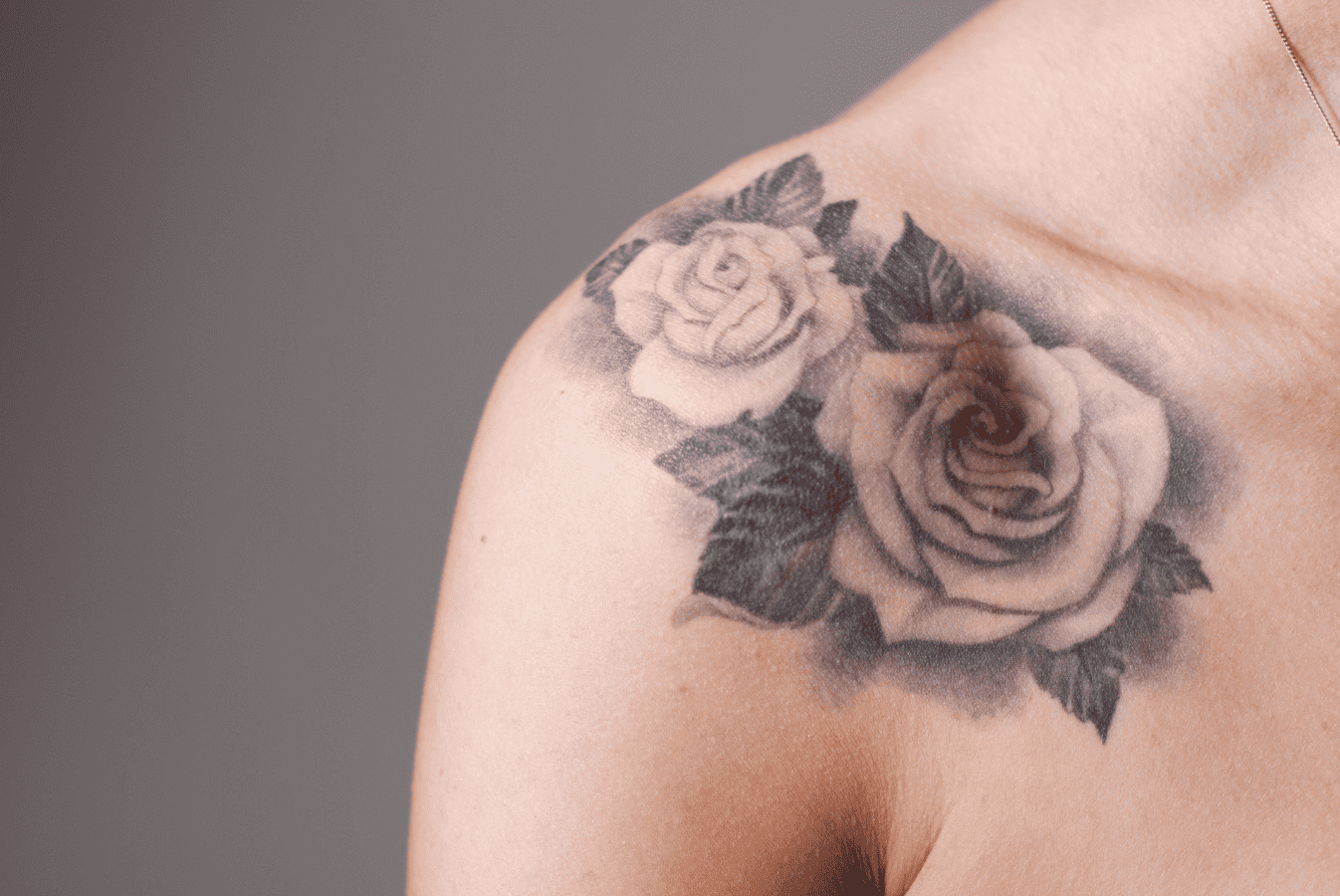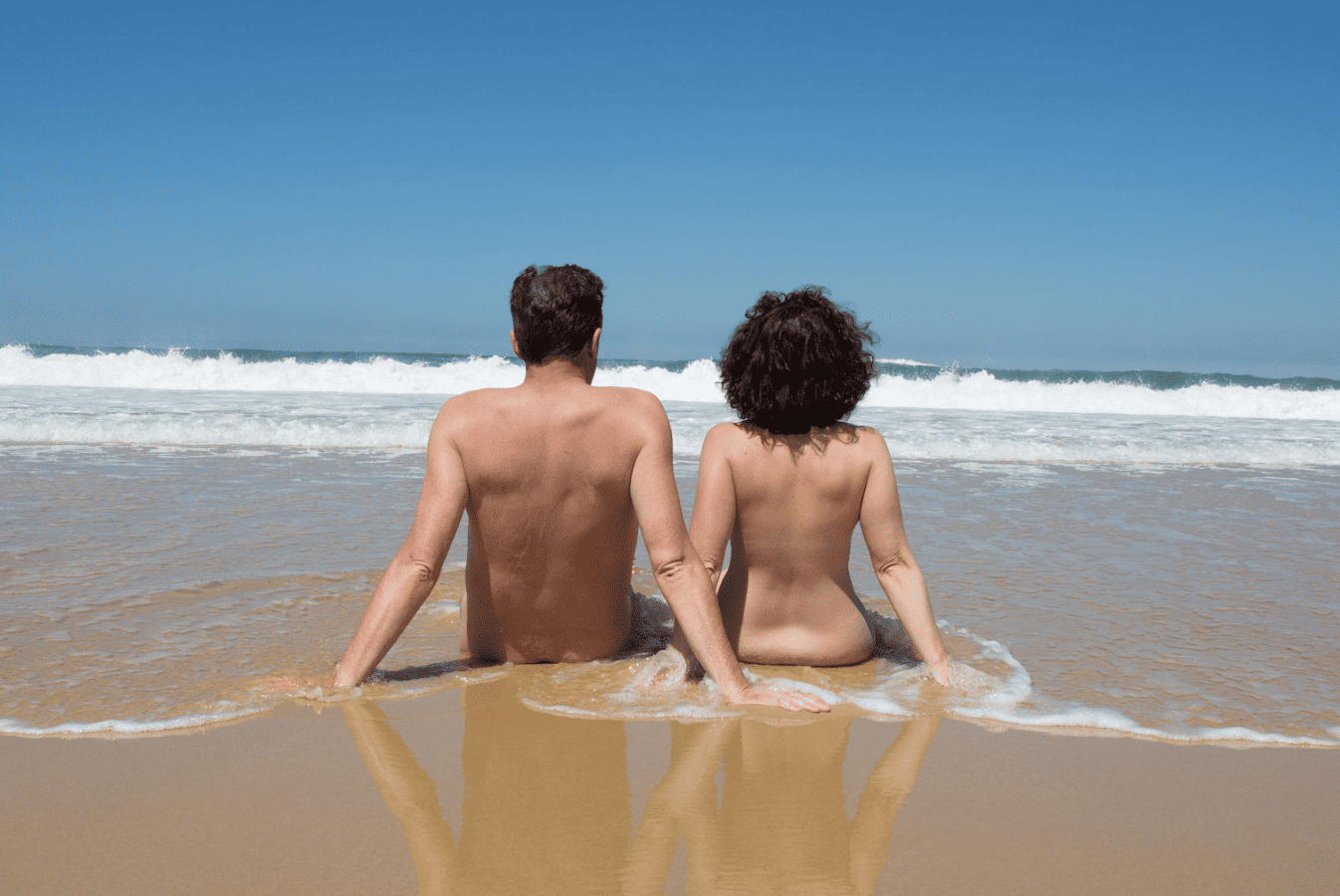Imagine getting that perfect sun-kissed glow, even on a cloudy day! Well, it’s possible, and we’re here to show you how. By understanding the tanning process and taking the right precautions, you can achieve a beautiful tan, no matter the weather. Are you ready to unlock your tanning potential and learn “how long to tan on a cloudy day?” Let’s dive in!
Table of Contents
Understanding the Tanning Process
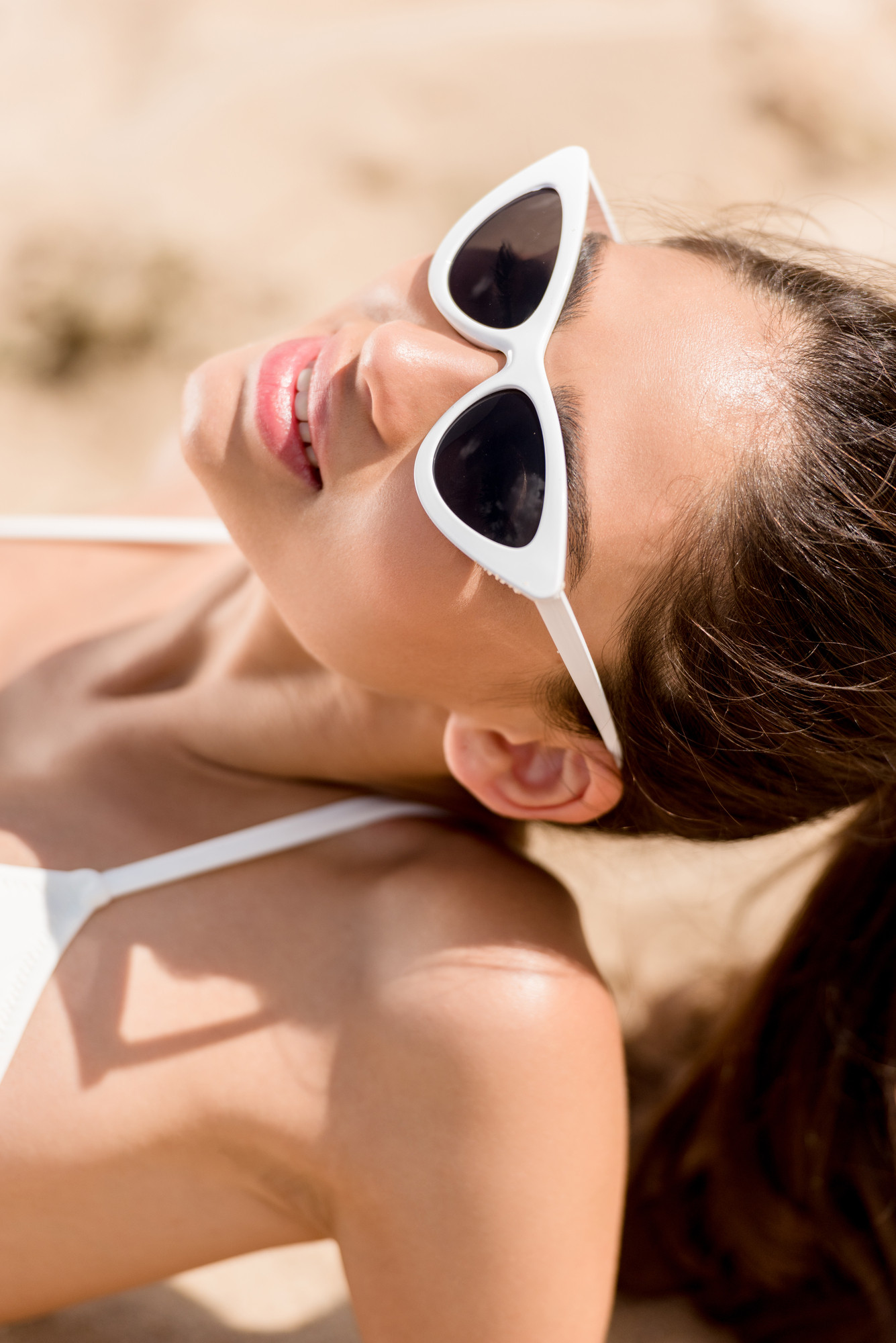
Tanning is the result of melanin production in response to UV radiation. When our skin is exposed to the sun’s rays, melanin accumulates in skin cells, giving us that gorgeous darker pigmentation we all desire. However, tanning time varies depending on factors such as UV radiation intensity visible light amount, skin type, and duration of sun exposure.
So, how can we make the most of tanning on those cloudy days? By knowing our skin type, using sunscreen, and timing our tanning sessions just right, we can still achieve a beautiful tan even when the sun is hiding behind the clouds.
The key to tanning is understanding the process of melanin production and the role of UV radiation. UV radiation comes in three types: UVA, UVB, and UVC, all of which have their benefits. Melanin, a natural pigment in our skin, acts as an internal sunscreen, absorbing and scattering UV light and providing protection from the sun’s harmful rays.
By knowing how melanin production works and being aware of the factors that affect tanning time, we can unlock our tanning potential even on cloudy days.
Melanin Production and UV Radiation
UV radiation, an invisible yet powerful part of the sun’s energy, plays a crucial role in tanning. UV radiation is typically divided into three categories: UVA, UVB and UVC. Each type of ultraviolet radiation carries its own benefits for us. Melanin production is at the heart of achieving a beautiful tanned skin. When our skin is exposed to sunlight, melanocytes produce extra amounts of melanin, resulting in a darker pigment that gives us that enviable tan.
It’s essential to remember that UV radiation is also the source of energy used in tanning beds. Melanin production is vital for achieving a tanned skin, as it absorbs and scatters UV light, acting as an internal sunscreen for our skin. So whether you’re out under the sun or hitting the tanning bed, it’s all about melanin production and exposure to UV radiation.
Factors Affecting Tanning Time
Numerous factors contribute to tanning time, such as skin type and UV radiation strength. Our skin type can positively affect the amount of UV radiation our body can absorb, subsequently impacting our tanning time. In addition, the duration of sun exposure plays a role – the longer we’re exposed to the sun, the more UV radiation our entire body can absorb, potentially resulting in a faster tanning time.
Another factor that enhances tanning time is the intensity of UV rays. An increase in UV ray intensity boosts the amount of UV radiation our body can absorb, ultimately leading to a quicker tan. By understanding these factors, we can optimize our tanning time and make the most of even the cloudiest days.
Cloudy Day Tanning: Fact or Myth?
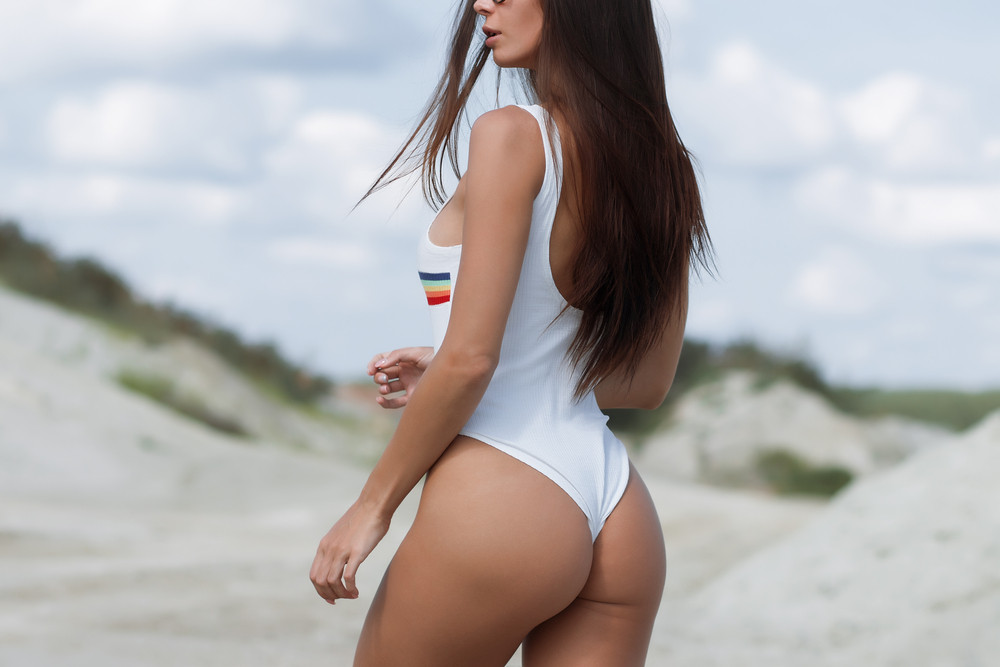
You might be wondering if it’s even possible to tan on a cloudy day. The answer is yes! both UVA rays and UVB rays can still penetrate the clouds, allowing you to achieve a beautiful tan even when the sky is overcast. However, it’s essential to take safety measures to protect your skin from potential sunburns and other skin issues.
So, how can we ensure a successful tanning session on a cloudy day? The same safety measures apply as when tanning on a sunny day, such as limiting exposure time, tanning at the right time of day, and applying sunscreen. Furthermore, it’s crucial to protect your scalp, eyes, and lips from the sun. By taking these precautions, you can unlock your tanning potential even on the cloudiest of days.
UV Rays Penetration Through Clouds
Contrary to popular belief, clouds don’t completely block UV rays. Instead, they limit the sun’s rays’ intensity, absorbing some of the ultraviolet rays (mostly the harmful ones) and reflecting the rest to create a pleasant environment on the earth’s surface. Clouds can’t stop you from tanning, but thick clouds do absorb some UV rays, so tanning might take a bit longer.
The thickness of the clouds, such as cumulus or stratus clouds, can impact how much UV radiation penetrates them. The main factor that decides sunburn is how cloudy the sky is. Cloud cover plays a significant role in preventing skin from burning. Clouds act as a shield from UV light. If clouds are more opaque, then the chances of getting a sun burn are lower. Conversely, thicker clouds mean higher UV light and a greater likelihood of sunburn.
Tanning Rate on Cloudy Days
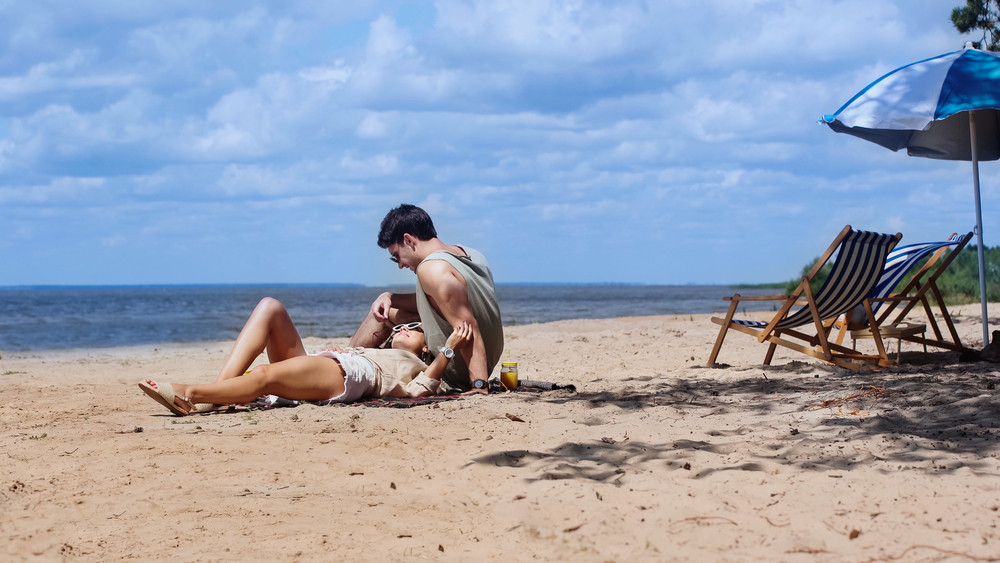
The tanning rate on cloudy days depends on both the cloud thickness and the UV Index. These factors offer the potential for a great tan, even when the skies are overcast. So, how can you maximize your tanning potential on cloudy days?
To make the most of your tanning session, consider the weather conditions and try to find a spot with the most sunshine. This way, you can enjoy a sun-kissed glow even on a cloudy day, tapping into the full potential of your tanning experience.
Safeguarding Your Skin on Cloudy Days
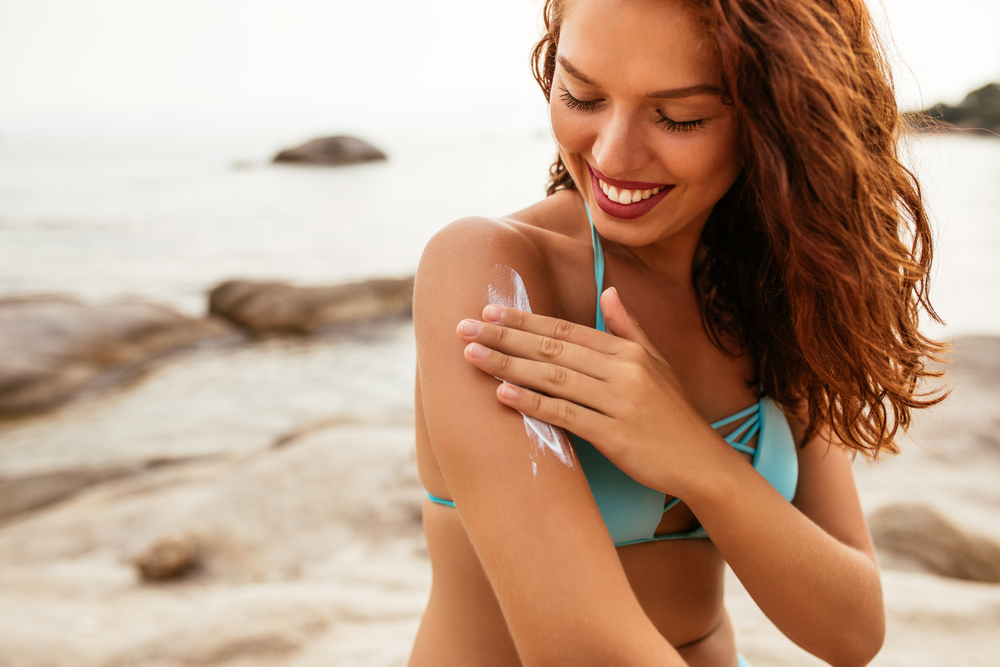
Sunscreen is an absolute necessity on cloudy days. Not only does it protect your skin from sunburns and more severe skin problems, but it also helps enhance and maintain your tan for a longer period. When tanning on cloudy days, it’s essential to apply sunscreen to avoid potential skin damage due to the sun’s powerful UV rays.
By wearing sunscreen, you’re taking the necessary precautions to safeguard your skin from the harmful effects of UV radiation. This not only helps keep your skin looking healthy and glowing, but also ensures that you can enjoy your beautiful tan without worrying about potential skin damage.
Sunscreen Necessity
Using sunscreen with at least SPF-30 and broad-spectrum protection is vital on overcast days. Even though the sun may not be visible, its powerful UV rays can still penetrate the clouds and reach your skin. Sunscreen protects your skin from these harmful ultraviolet rays, and helps you avoid sunburn and other skin issues that can result from prolonged exposure to UV radiation.
Applying sunscreen every two hours is essential for maximum sun protection too. By doing so, you’re not only protecting your skin from potential sun damage, but also ensuring that your tan lasts longer and looks its best. Remember, a healthy tan starts with well-protected skin.
Protective Clothing and Accessories
In addition to sunscreen, covering up pale skin with protective clothing and accessories such as hats, sunglasses, and lip balm with SPF can help protect your skin from UV rays. Wearing UPF 50+ clothing and accessories, including a hat with a brim of at least 3 inches, long sleeves, and pants, can provide additional assurance for your skin on cloudy days.
Using protective clothing and accessories in combination with sunscreen offers the best possible protection from UV rays. With these precautions in place, you can enjoy a beautiful, sun-kissed tan without compromising your skin’s health and safety.
Maximizing Tanning Efficiency on Cloudy Days

Maximizing your tanning potential on cloudy days involves understanding your skin tone, the melanin production process, and the importance of wearing sunscreen. By knowing these factors, you can optimize your tanning sessions and enjoy a beautiful tan even when the sun is hiding behind the clouds.
To prepare your skin for a beautiful tan on a cloudy day, exfoliate to remove any dry skin, then make sure you’re completely dry before starting your tanning session. This will help you achieve a gorgeous, even tan in no time, regardless of the weather conditions.
Knowing Your Skin Type
Knowing your skin type is crucial for determining the ideal weather conditions for tanning and the appropriate precautions to take. People with lighter skin tones can be extra cautious when tanning in cloudy weather and still reap the rewards of their efforts. People with darker skin tones can take the most out of their tanning potential. Even on cloudy days, their melanin production will help them achieve that natural glow.
By understanding your skin type and how it reacts to UV radiation, you can tailor your tanning sessions to suit your individual needs. This personalized approach will help you achieve the perfect tan, even on cloudy days.
Timing and Location
Timing and location play a significant role in tanning on cloudy days. “If you want to achieve the best results, it’s best to tan either early in the morning before 10 am or later in the evening after 4 pm.” These times typically have the most optimal UV radiation levels, allowing you to make the most of your tanning session even when the weather is less than ideal.
In addition to timing, look for a spot with minimal cloud coverage and the most sunshine. By selecting the right location, you can ensure that you’re getting the most out of your tanning experience, even on a cloudy day.
Post-Tanning Care for Cloudy Days
Post-tanning care is essential for maintaining healthy, hydrated skin. After your tanning session, it’s crucial to cool down, hydrate, and moisturize your skin to ensure a long-lasting, radiant tan. By giving your skin the proper care it deserves, you can enjoy a gorgeous, sun-kissed glow even on the cloudiest of days.
So, what steps can you take after tanning to keep your skin looking its best? Enjoy a refreshing cold shower to cool down and hydrate your skin, then moisturize for a smooth and glowing complexion. These simple post-tan care steps can make all the difference in the quality and longevity of your tan.
Cooling Down and Hydrating
After your tanning session, it’s important to cool down and hydrate your skin. Taking a cold shower can help to prevent dry skin and soothe any areas that might have been exposed to too much sun. But be sure to avoid exfoliating, as it can make your skin lighter and cause your tan to fade faster.
Staying hydrated is also crucial while tanning. Drinking water throughout your session can help keep your and maintain a youthful appearance, preventing wrinkles and keeping your skin looking its best. Don’t forget to keep drinking water even after your session has ended, as it will help your skin continue reaping the benefits of your tanning efforts.
Moisturizing and Soothing
After cooling down and hydrating, it’s important to moisturize and soothe your skin. Using a natural oil-based moisturizer, such as Hempz, which contains shea butter and ginseng, can help to hydrate your skin and provide essential vitamins. These ingredients will not only keep your skin soft and supple, but also help to maintain your tan for longer.
In addition to moisturizing, consider applying a soothing aloe vera gel or lotion to any areas that may have been overexposed to the sun. Aloe vera has natural cooling and healing properties that can help soothe sunburned skin and reduce inflammation. By taking the time to care for your skin properly after tanning, you can ensure that your sun-kissed glow lasts as long as possible.
Summary
In conclusion, tanning on cloudy days is not only possible, but can also be a highly enjoyable experience. By understanding the tanning process, taking the necessary precautions, and properly caring for your skin, you can achieve a beautiful, sun-kissed tan even when the weather is less than ideal. So don’t let the clouds discourage you – embrace the challenge and unlock your tanning potential today!
Frequently Asked Questions
Are cloudy days better for tanning?
Cloudy days can be great for tanning if you’re careful and take the right precautions. Although the UV rays may be reduced compared to a sunny day, they are still strong enough to get a tan. Make sure to use sunscreen and stay in the sun for shorter periods of time than usual.
With this in mind, cloudy days can definitely be better for tanning!
How long does it take to get tan on a cloudy day?
On a cloudy day, it is possible to wear sunscreen and to build a tan and enjoy a bit of sun! It will take some extra patience and a bit of time, but you can still get that summer glow.
With 2-3 times the amount of time needed in direct sunlight, your effort will be rewarded with a warm, healthy tan.
Is 30 minutes outside enough to tan?
Yes, 30 minutes is enough time for a safe tan if you protect yourself with sunscreen and avoid overexposure. Start slowly with 10-15 minutes at a time, gradually increasing your sun exposure until your skin adapts to more rays and tans naturally.
Following these simple steps should give you the perfect tan in no time!
Is it easier to get sunburned on a cloudy day?
It is possible to get sunburned on cloudy days. While clouds do filter some of the UV rays, some UVA radiation can still penetrate through fluffy clouds and cause sunburn.
To stay safe, you should always wear sunglasses and take appropriate precautions to protect your skin from the the sun rays, even on cloudy days.




